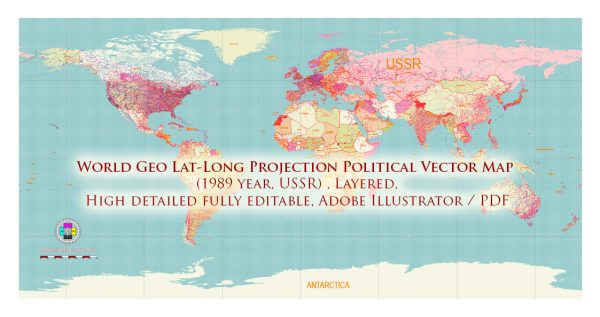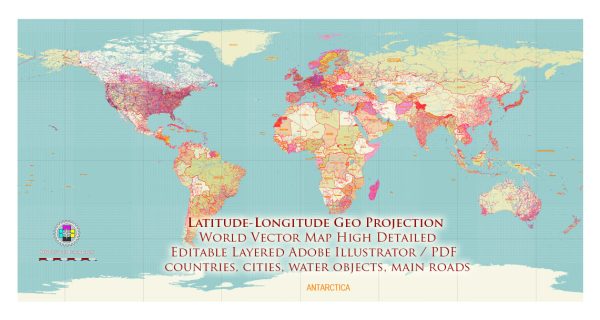The Piri Reis map is a world map drawn by the Ottoman admiral and cartographer Piri Reis in the early 16th century. It is renowned for several reasons, including its historical significance, intriguing features, and mystery surrounding its creation. Here’s a description of the Piri Reis map and its history:
- Creation Date: The Piri Reis map is believed to have been created in 1513 or 1514 by Piri Reis, an Ottoman admiral, geographer, and cartographer.
- Materials and Style: The map is drawn on a piece of parchment and measures approximately 90 cm by 60 cm. It is illuminated with colorful illustrations and annotations, giving it an artistic and decorative appearance. The map is notable for its use of the Ottoman-style cartographic tradition, combining elements of Islamic, Mediterranean, and European cartography.
- Coverage: The Piri Reis map is a world map, but it primarily focuses on the coastal areas of the Atlantic Ocean, the Mediterranean, and parts of the Indian Ocean. It includes detailed representations of various coastlines, islands, and major cities.
- Source of Information: Piri Reis acknowledged that he used multiple sources, including ancient maps, charts, and geographical knowledge, to create the map. A portion of the information came from maps and charts of the time, some of which have been lost to history.
- Notable Features: The most famous aspect of the Piri Reis map is its depiction of the coast of South America and the northern part of Antarctica. It is often cited as one of the earliest known representations of part of the South American continent. The map also includes annotations and text in Turkish, Arabic, and Latin.
- Historical Significance: The Piri Reis map is historically significant because it provides insights into the state of geographical knowledge in the early 16th century. It reflects the exploration and cartographic traditions of the time and the exchange of information between different cultures.
- Mystery: The map has generated considerable intrigue and controversy due to its depiction of Antarctica. Some have suggested that the map’s source material may have included knowledge of an ice-free Antarctica, which is a subject of debate and skepticism among researchers. Some believe it could have been based on prehistoric or lost maps, while others argue that it might be a result of copying errors or conjecture.
The Piri Reis map is currently housed in the Topkapi Palace Museum in Istanbul, Turkey. It remains a subject of fascination for historians, cartographers, and enthusiasts due to its historical importance and the questions it raises about early cartography and geographical knowledge.



 Author: Kirill Shrayber, Ph.D.
Author: Kirill Shrayber, Ph.D.